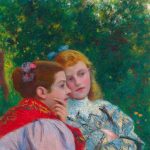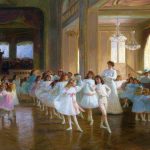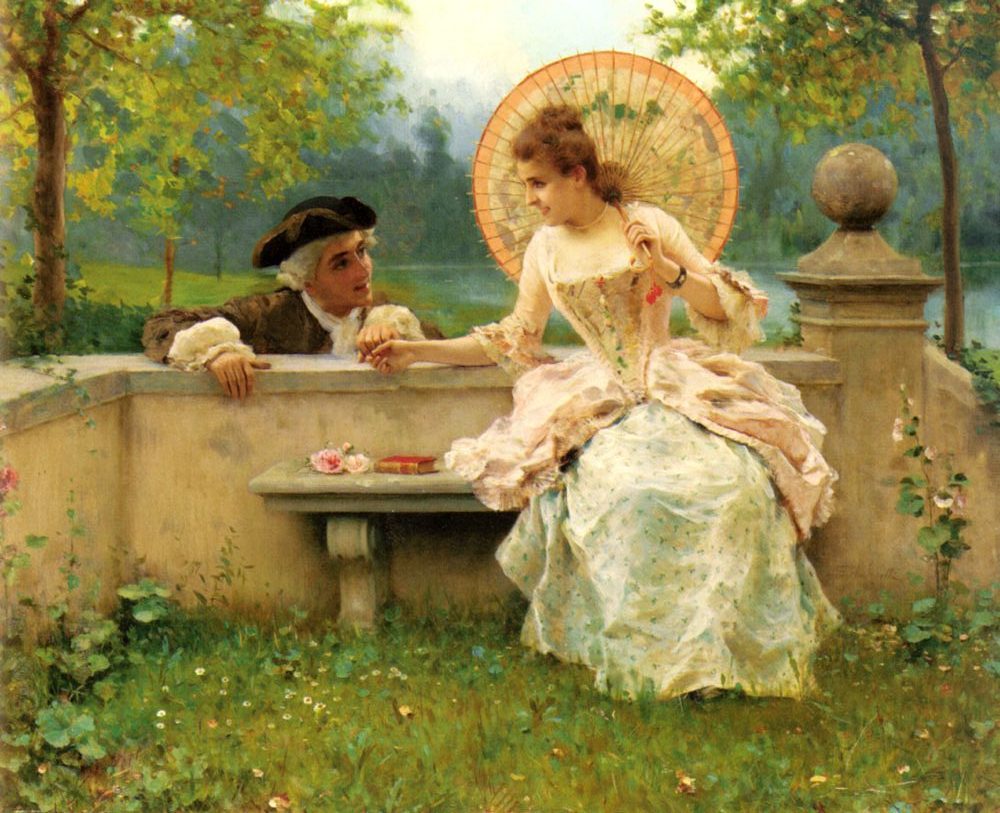
Born on March 6, 1847, in Florence, Italy, Federico Andreotti emerged as a prominent figure in the realm of 19th-century Italian art. His life unfolded against the backdrop of a transformative period in European history, marked by cultural revival and artistic innovation. With an innate talent for capturing the intricacies of historical and romantic subjects, Andreotti’s journey as an artist took him from the narrow streets of Florence to the grand halls of international acclaim.
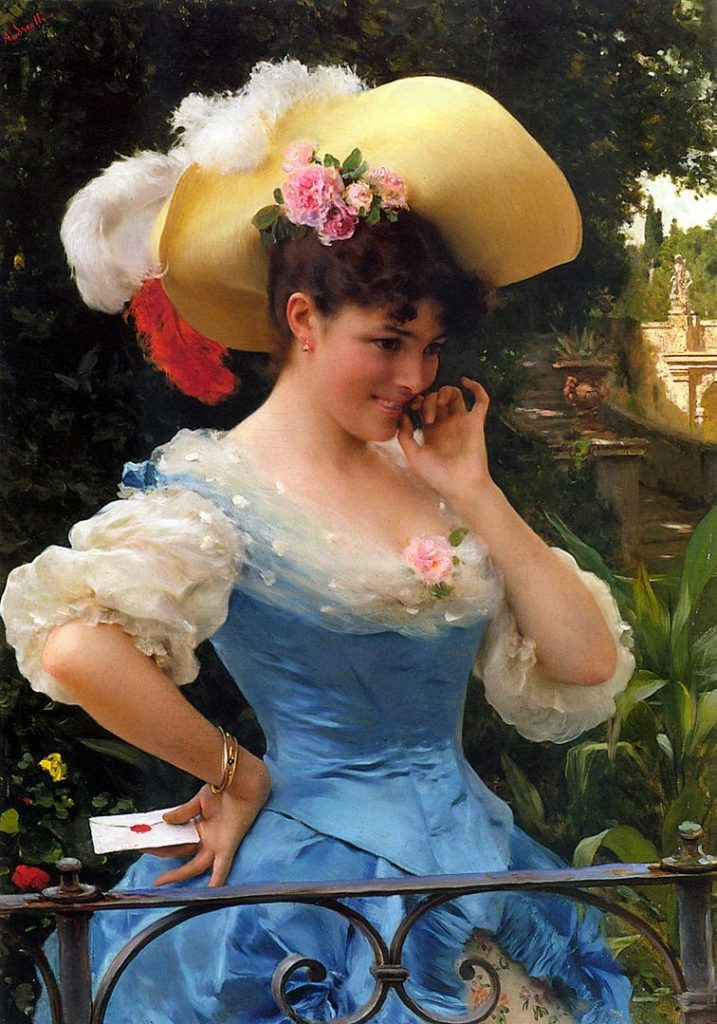
Growing up in the heart of the Renaissance city, Federico Andreotti’s childhood was steeped in the rich cultural heritage of Florence. Born into a family that recognized the value of artistic expression, young Federico found inspiration in the masterpieces that adorned the local museums and galleries. His earliest sketches, even before formal training, revealed a precocious talent and an affinity for portraying the human form with remarkable accuracy.
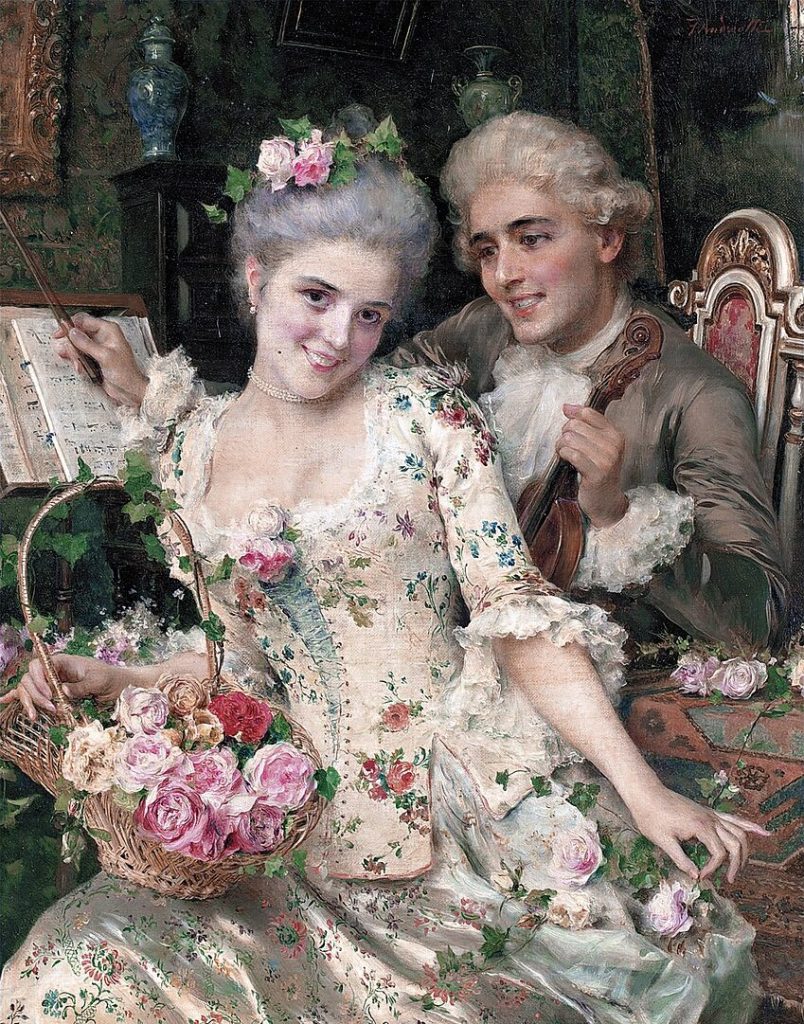
At the age of fifteen, Andreotti embarked on a formal artistic education at the Florentine Academy of Fine Arts. Under the guidance of renowned mentors, he immersed himself in the classical techniques of drawing and painting. His studies extended beyond the canvas, encompassing the study of literature, history, and the societal nuances that would later inform his choice of subjects.
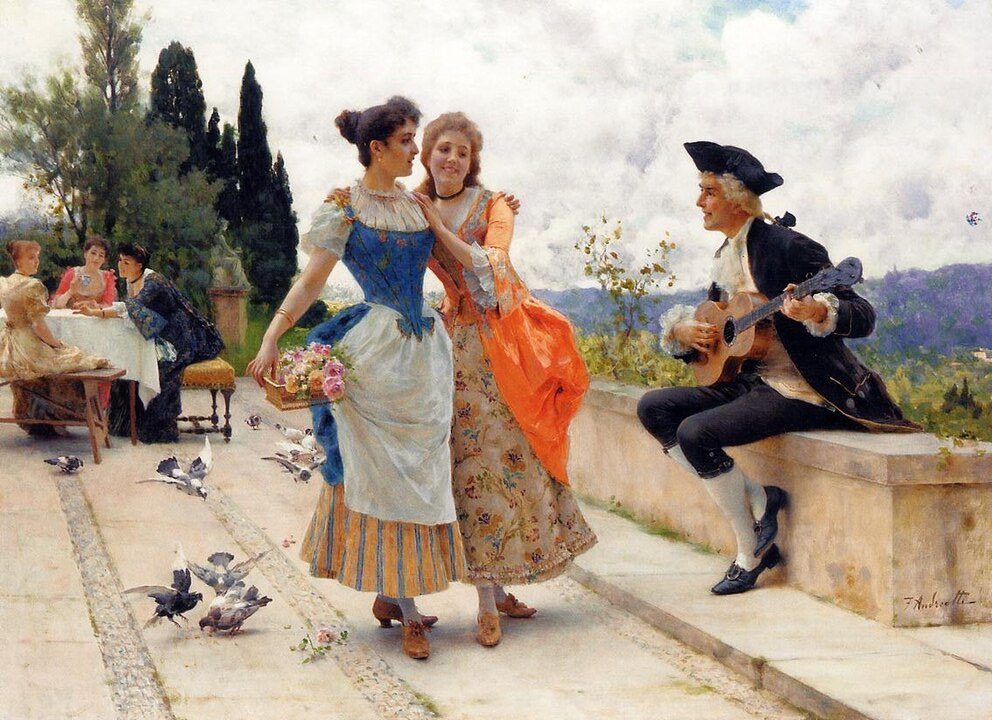
During this formative period, Andreotti’s artistic style began to crystallize. He demonstrated a particular penchant for historical genre painting, a genre that depicted scenes from everyday life in historical settings. His meticulous attention to detail and the ability to convey emotion through his subjects set him apart even in a city renowned for its artistic prodigies.
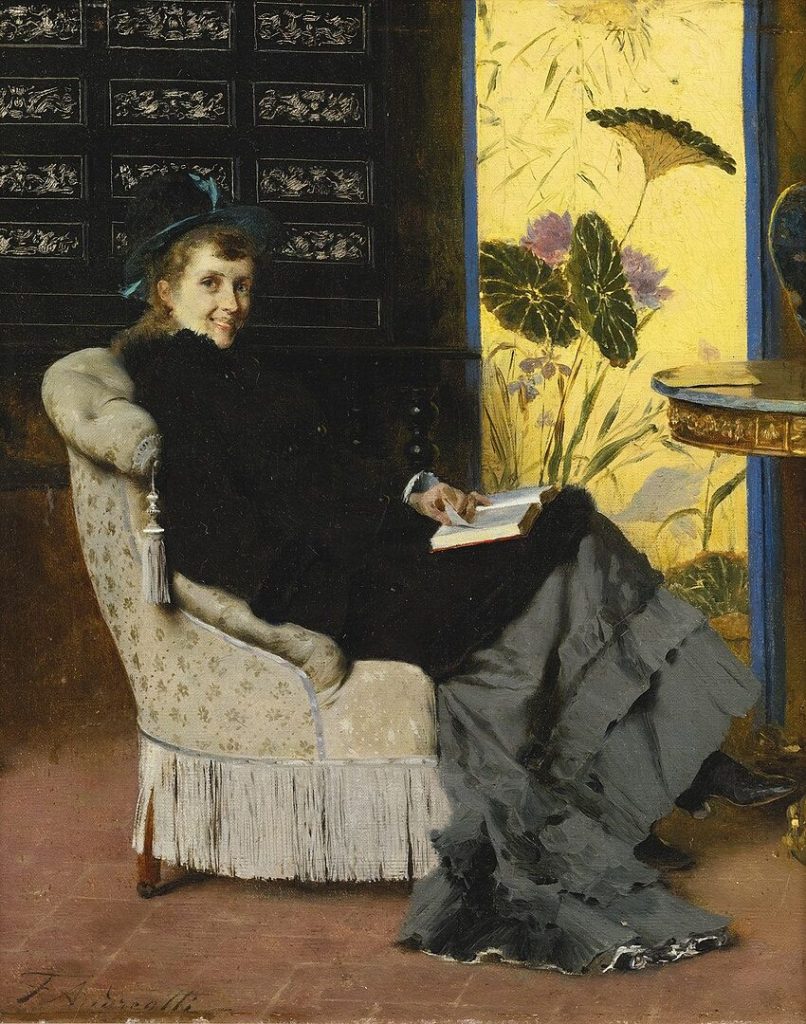
As Andreotti transitioned from student to professional artist, his work began to gain recognition within the Florentine artistic circles. His early paintings often depicted scenes from the Renaissance era, showcasing the sumptuous costumes, elaborate settings, and the nuanced interactions of the period. The precision with which he rendered fabrics, textures, and expressions hinted at a dedication to his craft that went beyond mere technical proficiency.
The 1870s marked a significant phase in Andreotti’s career. His art not only resonated with local patrons but also drew attention from the broader Italian art scene. Exhibitions in major cities, including Rome and Milan, brought him acclaim and paved the way for a broader international audience. Andreotti’s reputation as a master of historical genre painting solidified, and his works found homes in prestigious collections across Europe and the United States.
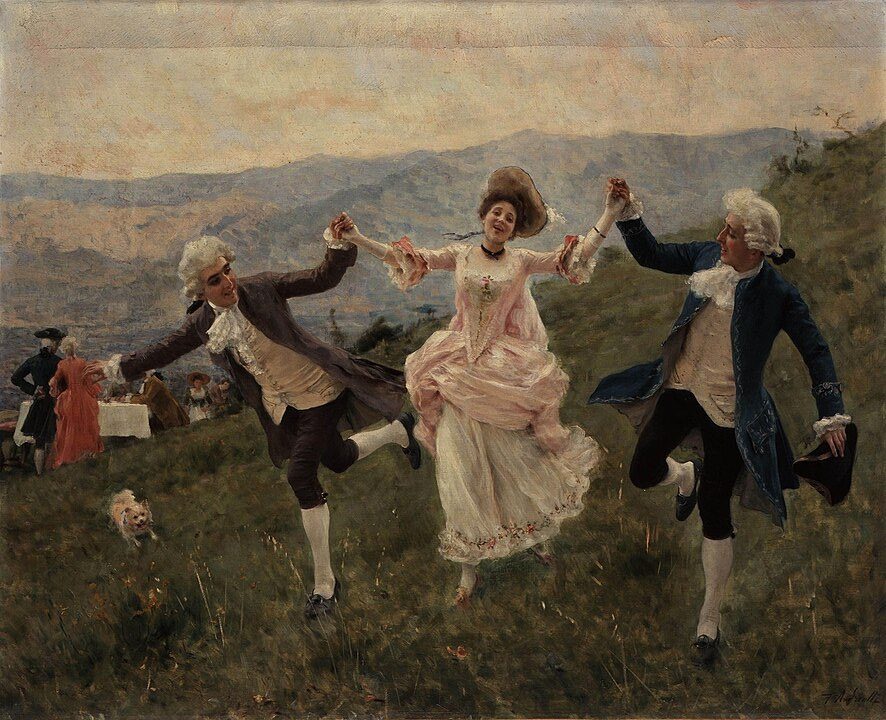
While historical genre painting remained a cornerstone of Andreotti’s oeuvre, he demonstrated a versatile artistic sensibility. His fascination with the romantic ideals of the 19th century led him to explore themes of courtship, love, and chivalry. Through his brush, he brought to life scenes that celebrated the emotional and aesthetic aspects of the human experience.
Andreotti’s romanticized depictions often carried subtle social commentary. In an era marked by societal shifts and changing gender roles, his paintings subtly addressed the complexities of relationships and societal expectations. His works, while visually stunning, invited viewers to ponder the underlying narratives and reflect on the evolving dynamics of the world around them.
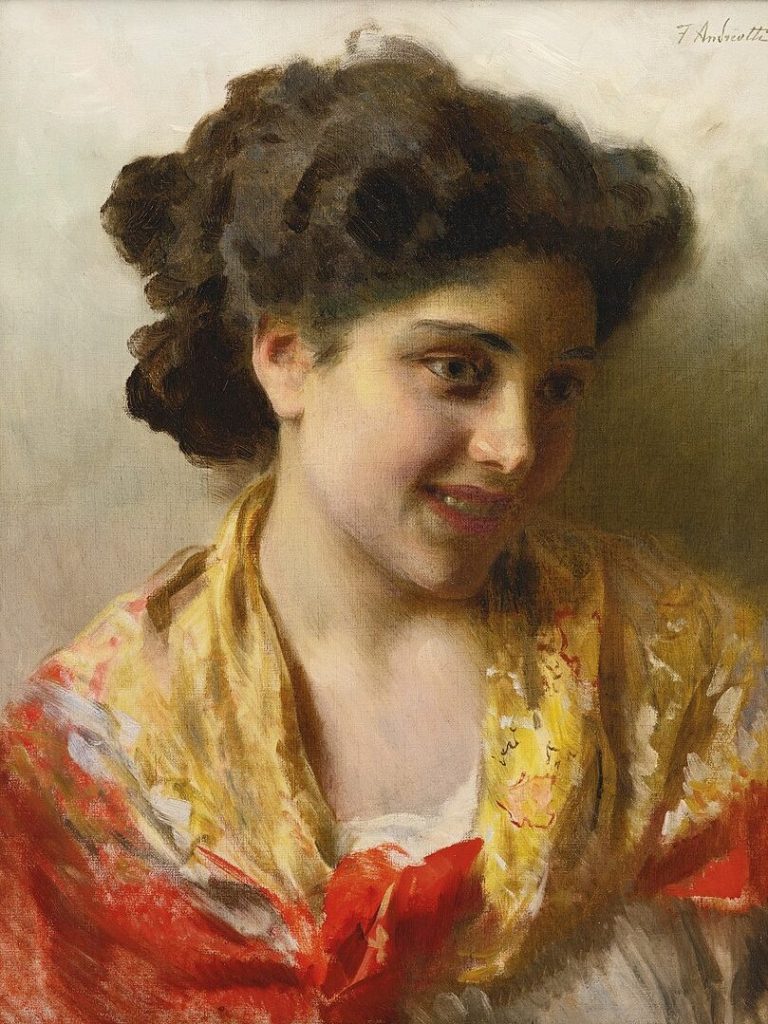
Beyond historical and romantic themes, Federico Andreotti found inspiration in the everyday life of his contemporaries. Genre scenes depicting marketplaces, street vendors, and the ordinary joys of daily existence showcased his ability to infuse charm and authenticity into his art. These paintings provided a counterpoint to the grand historical narratives, offering a more intimate connection with the viewer through relatable vignettes of daily life.
Andreotti’s attention to detail was not confined to the grandeur of historical costumes; it extended to the minutiae of everyday objects and settings. Each element in his compositions served a purpose, contributing to the narrative and enhancing the immersive quality of his art. Whether portraying the bustling streets of Florence or the serene interiors of domestic life, Andreotti’s paintings became windows into the soul of 19th-century Italy.
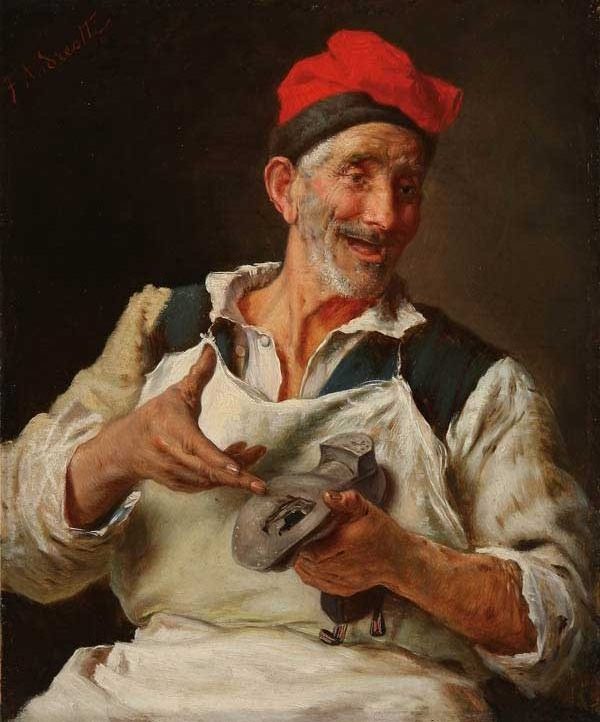
As Federico Andreotti entered the latter part of his career, his art continued to evolve while retaining its distinctive charm. He delved into portraiture, capturing the essence of individuals with the same meticulousness that defined his historical and genre paintings. His subjects ranged from esteemed personalities to anonymous figures, each rendered with a keen eye for expression and character.
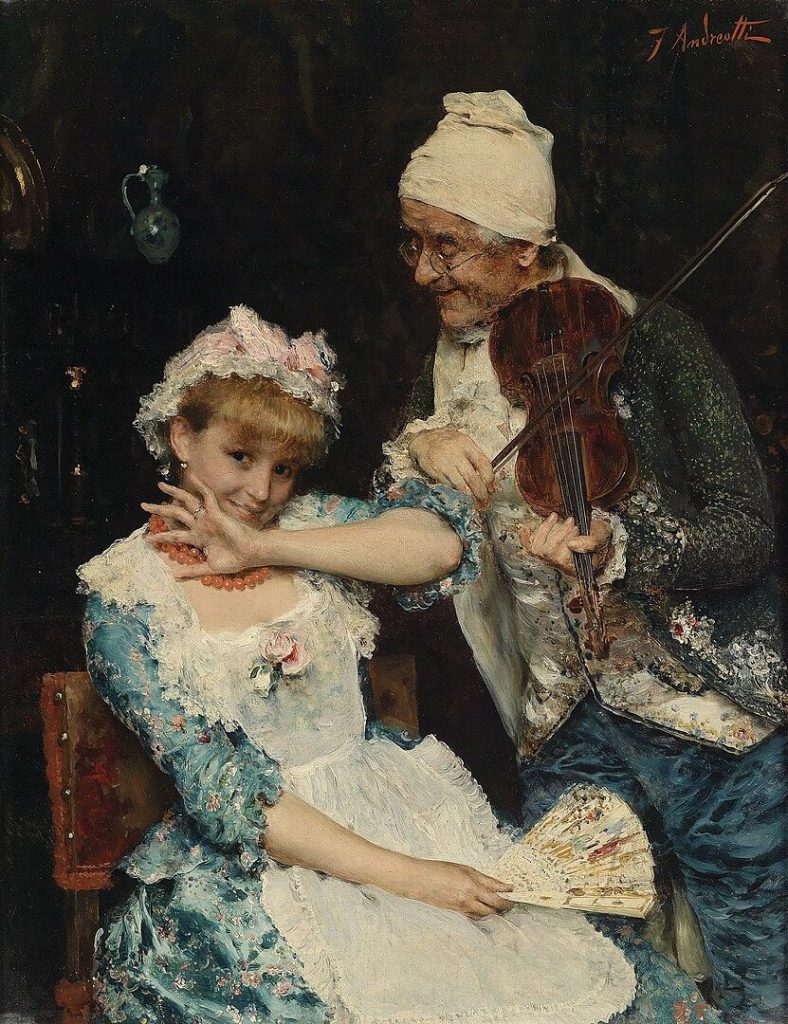
Andreotti’s legacy extends beyond his canvases. His contributions to Italian art earned him accolades, and he received prestigious awards and honors during his lifetime. His influence on the genre of historical genre painting and his dedication to preserving the aesthetics of the past secured his place among the luminaries of 19th-century Italian art.
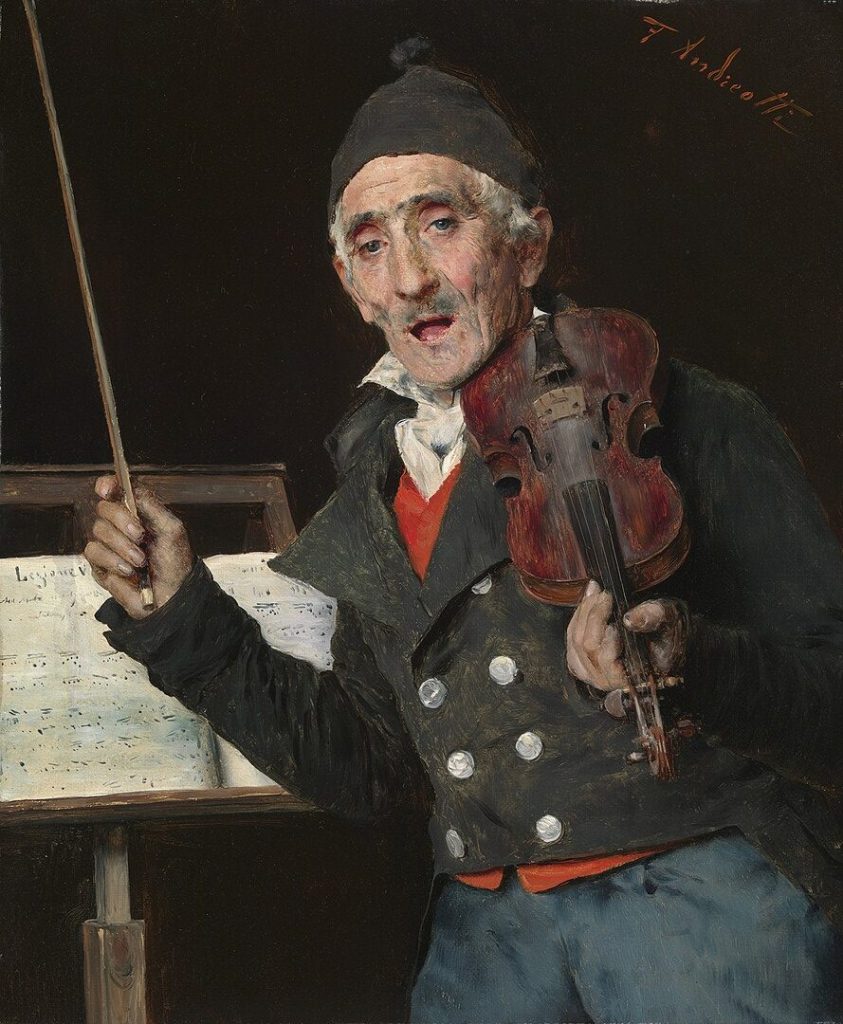
Federico Andreotti’s life was a testament to the transformative power of art in capturing the essence of an era. His ability to breathe life into historical narratives, infuse romance into his canvases, and offer glimpses into the everyday moments of his time remains an enduring legacy. Today, as admirers and art enthusiasts engage with his works in galleries and museums worldwide, the spirit of Federico Andreotti lives on—a maestro whose brushstrokes transcended time and continue to resonate with the hearts of those who encounter his masterpieces.


